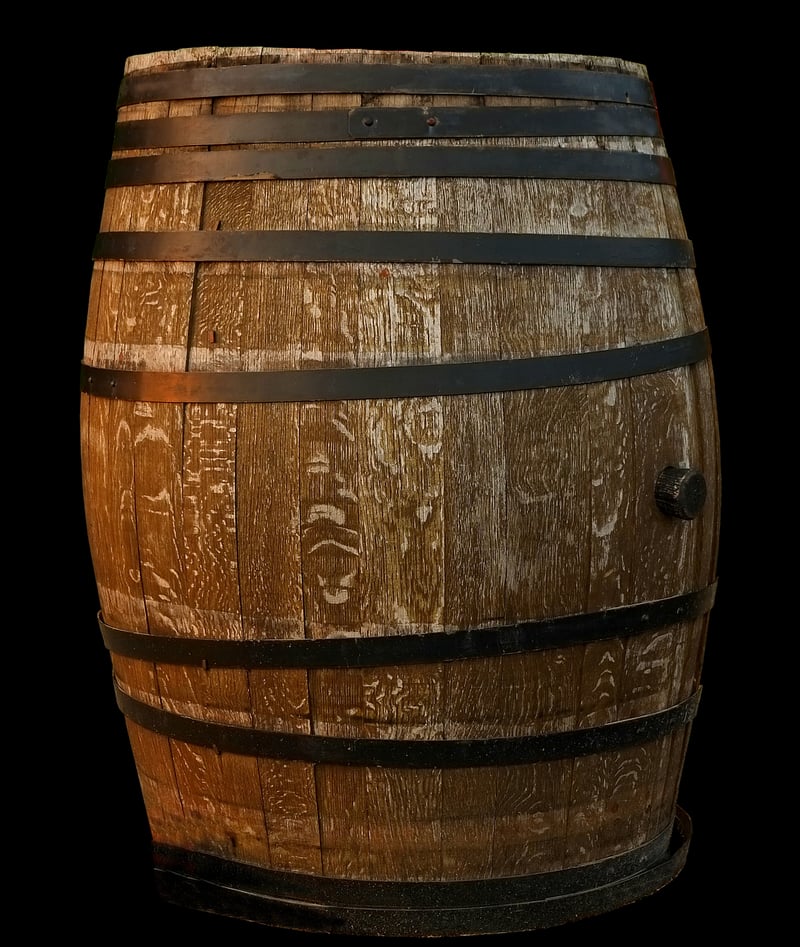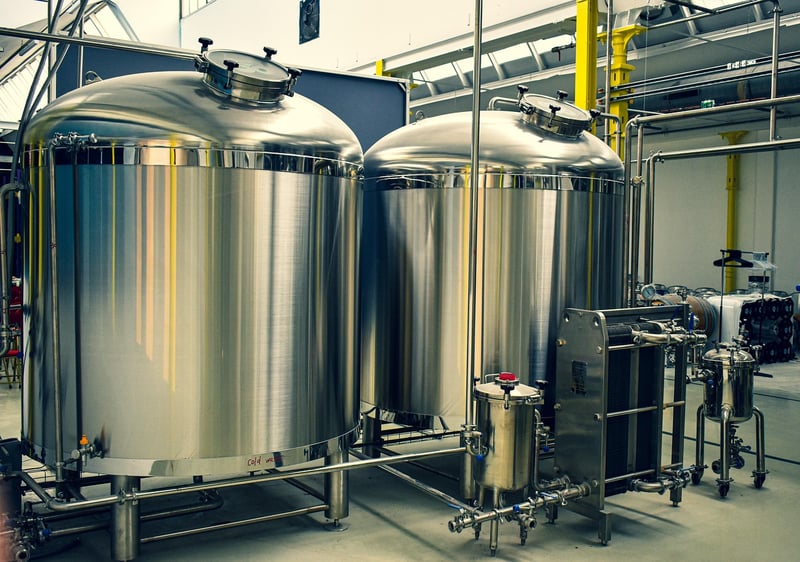Fermentation Techniques
Crafting the Perfect Wine: Fermentation Techniques
Wine is a delightful beverage enjoyed by many around the world. The process of crafting the perfect wine is complex and involves various techniques, with fermentation being a crucial step in the winemaking process. Let's delve into the world of fermentation techniques and how they contribute to the quality and flavor of wine.
What is Fermentation?
Fermentation is the process where yeast converts sugars into alcohol and carbon dioxide. In winemaking, fermentation transforms grape juice into wine. This natural process is key to developing the unique flavors and aromas that characterize different types of wine.
Fermentation Techniques in Winemaking
Winemakers employ different fermentation techniques to achieve specific characteristics in their wines. Here are some common methods:
- Traditional Fermentation: In this method, yeast naturally present on grape skins initiates fermentation. This technique is often used for red wines.
- Inoculated Fermentation: Winemakers introduce selected yeast strains to control the fermentation process and produce desired flavors and aromas.
- Carbonic Maceration: This technique involves fermenting whole grapes in a carbon dioxide-rich environment, resulting in fruity and aromatic wines.
- Malolactic Fermentation: A secondary fermentation process that converts harsh malic acid into softer lactic acid, contributing to a smoother mouthfeel in wine.
Factors Influencing Fermentation
Several factors can influence the fermentation process and the final wine product:
- Temperature: Fermentation temperature affects yeast activity and the development of flavors in wine.
- Yeast Strain: Different yeast strains can produce varying flavors and aromas in wine.
- Oxygen Exposure: Oxygen levels during fermentation impact the wine's structure and aging potential.
- Duration of Fermentation: The length of fermentation can influence the wine's body and complexity.
Conclusion
Mastering fermentation techniques is essential for crafting exceptional wines with distinct characteristics. Whether it's the choice of yeast strain, fermentation vessel, or temperature control, each decision plays a vital role in shaping the final product. By understanding and implementing the right fermentation techniques, winemakers can create wines that captivate the senses and delight wine enthusiasts worldwide.
Explore the art of winemaking further to appreciate the intricate dance of fermentation in producing the perfect wine!

Image Source: Pixabay
